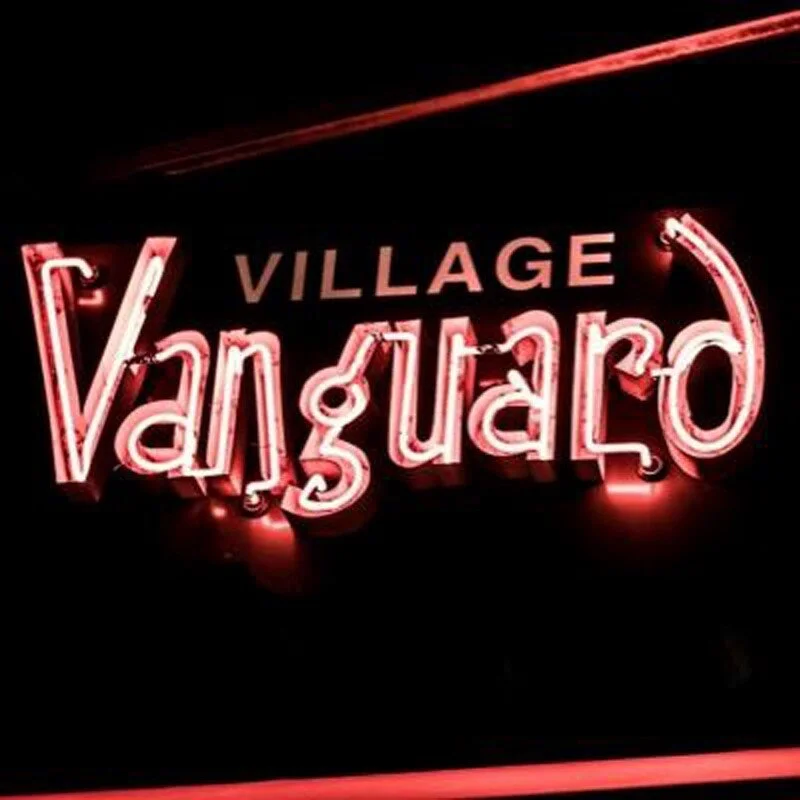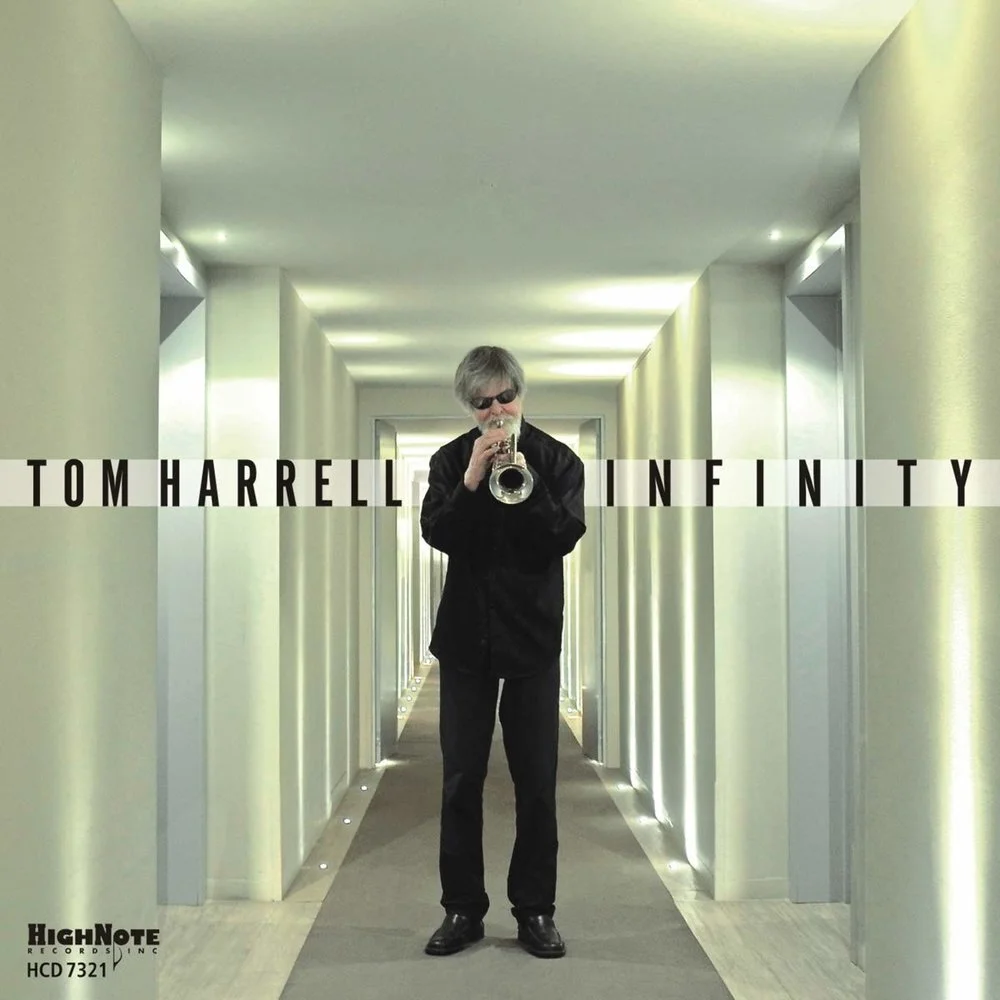The Green Monster
Some churches have soaring stained glass windows that light up their insides likes neon signs light up the streets outside corner taverns. Other churches are planned and precisely plain. Altars, too, occupy a continuum, from the serene to the inspiring to the intimidating to the torturous. What one brings to the interiors, in the shopping bags of the mind, while standing with head bowed, often determines the quality of love.
On Lansdowne Street, in Boston, a minimalist gargoyle stands guard inside a particular church. That church is the finest professional baseball park on planet earth — Fenway.
The first time a believer walks through any tunnel, from underneath the grandstand, and watches a billion square feet of diamond fold open, a monster rises three stories from beneath the sea of green. Teeth gnashing, the left field wall appears impenetrable to those who stand in the batter’s box. A million square feet of vertical fear — the Green Monster — elicits legends of love, hate, fear and loathing.
Built in 1912, many of the world’s best professional baseball players have stepped onto the field of dreams that is Fenway. The list goes on forever — Babe Ruth, Ty Cobb, Lou Gehrig, Ted Williams, Hank Aaron, Yogi Berra, Wade Boggs, Carlton Fisk and many more.
I love baseball. I know baseball. If Hank Aaron were to walk by on the street, I would know who he was. If he walked by my children, or many of my friends, or my extended family, he would simply be another old man.
Hank Aaron is not another old man.
John Coltrane just walked by
I’ve heard the name. I’ve been moved by the magic. That said, if he was alive and walked by, I would keep eating my sandwich and remain whatever specie of Philistine I am. I wouldn’t recognize him if he wrote me a million dollar check.
I don’t know jazz.
178 Seventh Avenue South
The Village Vanguard is Fenway Park. Pursuant to my self-identifying as a Philistine, and despite the Vanguard being located in Manhattan, I will never speak metaphorically of the pin-striped ballpark ten miles north of Greenwich Village because, well, I am a Red Sox fan.
The Vanguard is Fenway. Its’ stage, The Green Monster.
Opened in 1935 by Max Gordon, many of the world’s most gifted musicians have stepped onto the field of dreams that is the Village Vanguard. The list goes on forever — John Coltrane, Thelonius Monk, Miles Davis, Sonny Rollins, Charles Mingus, Rahsaan Roland Kirk and many more.
I know because I checked, not because I know.
Descending into the unknown
I always knew the Vanguard would be down stairs. Not sure how. Not even sure when it came into my field of vision. I just knew the music would be closer to subway trains.
Jackson Pollock and Robert Rauschenberg
Before descending the staircase, my wife and I had spent the afternoon at the Museum of Modern Art. She loved the Jackson Pollock. When asked, I offered the thought that Pollock’s work is a combination of Japanese calligraphy and improvisational jazz. When he picked up the brush, he didn’t know quite where he was going, but he chose a rhythm and began to splatter and drip.
We shared the Robert Rauschenberg — Among Friends exhibition while at MOMA. The sublime power of the show can barely be contained in the pages of one book, much less this paragraph. Among the more powerful elements of Rauschenberg’s body of work, with an emphasis on this show, is his collaboration with peers — and their integration of performance. By combining sounds, symbols, movement and color, the peers created very specific moments and memories. Inside each, there is an affectation of genius that, if one takes the time to look, is evidence of a plain and profound gift.
Mayrose Diner
Around 26th and Broadway. Around 1999. Best meal ever. Chicken noodle soup chased by baked macaroni and cheese. February. Brilliantly cold, the sun blasts through giant plate glass windows.
I walked in hungry, expecting a sandwich.
At the bottom of the stairs
The Vanguard is cozy and warm. Architecture of the mind’s eye. I was afraid before we entered. As much can be gained as lost.
Tom Harrell just walked by
I bought two tickets to the 10:30 pm Saturday show. The choice between a comedy show or a visit to the Vanguard had been offered and, without reason, jazz was chosen. Tom Harrell’s name was on the ticket. Who’s Tom Harrell?
I walked in excited, expecting music.
It is impossible to separate what you see from what you hear
The lights went down. Four musicians were led to the stage by a man whose eyes were fixed on the floor. Straight silver-white hair mopped and styled gently. A white beard. A nicely tailored suede indigo sport coat hanging off a mild frame, his arms fell straight to his side, barely moving while he walked. A performance was pending. Not just music.
He grunted the launch.
Blunt force trauma of a soul feather
There are no words for the music, so I’m not going to try, save the exception of describing the feeling of it reaching down inside to pull something up and out. It helped to close my eyes at times, even if I missed something. That said, there was an un-subway rumble that was more easily felt with eyes opened, watching the man play his horn. I suspect his music just amplifies whatever occupies the shopping bag of a listener’s mind.
I don’t know anything about jazz.
—
Visit Tom’s website: http://www.tomharrell.com/
Buy Tom’s music: http://amzn.to/2u8rdoZ
—


